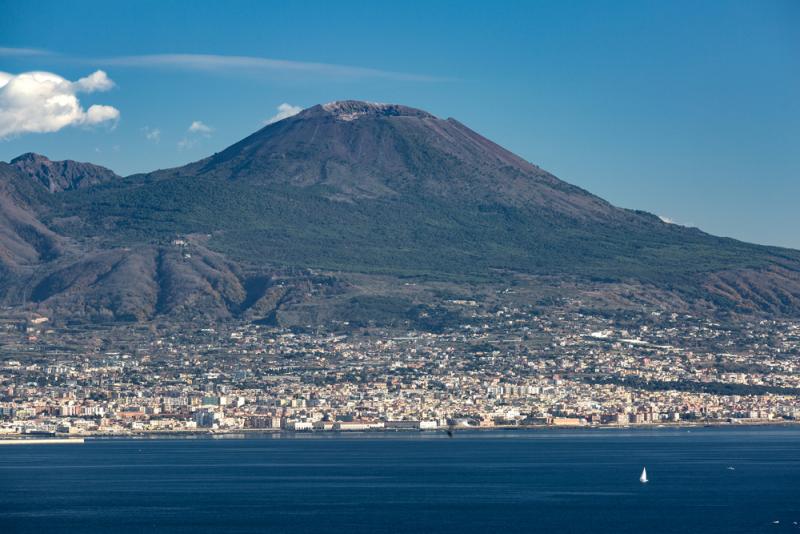In this class, for several sessions have been looking at "Kiwi Ingenuity", some ideas that Kiwis have thought of that may, or may have not been the best. We took a look at several different ideas such as the "Van boat", "The Cycle Mower", "Spreadable butter", etc. However, there is an idea which I found to be the most beneficial, especially in a country such as New Zealand. New Zealand has at times unpredictable weather, getting sometimes, too hot, and too cold. One idea that has come up in what we were evaluating is, the 'Kathmandu products'; clothing made from those brands are quite helpful, keeping the body temperature comfortable. Can be used for humid weather, cold weather, and even warm weather. Bags made from such brands are, designed very fit to the terrain outdoors, in the mountain, hills; as well, as being balanced and very durable.
However, aside from that, there is also an idea that I found to not rate as high as what I have done to the 'Kathmandu products', it's the 'Hedge Trimmer'. It may sound as if it is a great product, yet, seeing the design and how it is made; I was anxious even just looking at how it's used. The 'Hedge Trimmer' is a mix between a 'Land Mower, Tractor' and a crane. The crane held up 'Land Mower, Tractor' and was used to trim the top of the hedge. In my opinion, it not only is a dangerous product but is also an uncontrollable/hard to control product; it takes extremely great cooperation from both the drive of the mover as well as the crane.
Moving on, there are also some ideas which I believe would capture the imaginations of people from other countries. One of them is the 'Mountain Buggy', a type of pram that is made from rougher terrains, for parks, rocky places, etc. It is designed to have bigger wheels than its competitors. Another idea that I found interesting is the 'Spreadable Butter', to able to spread the butter on the go, a much faster way than heating up the butter in a microwave, the 'Spreadable Butter' keeps the texture of the butter as well as the taste. These are in my opinion to be ingenious ideas to capture the imaginations and the ingenuity of other people from other countries.








